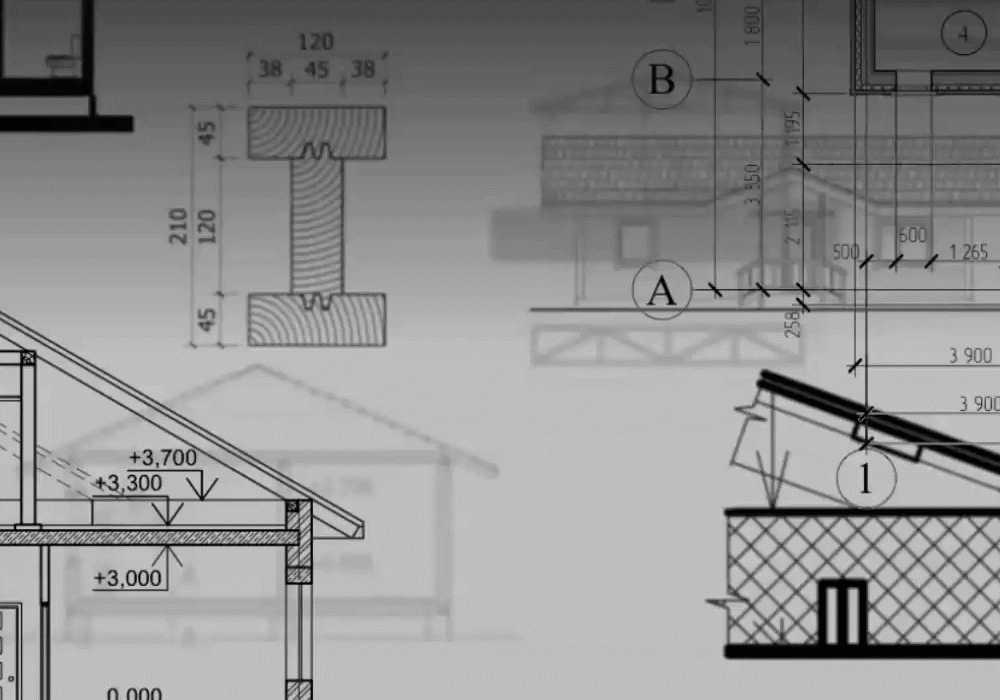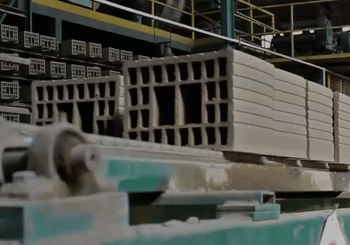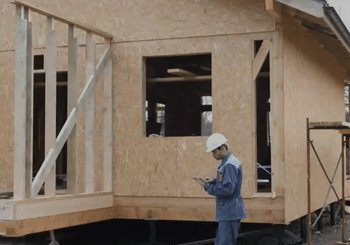While there remains no agreed universal definition, our exploration of digital engineering has led us to the conclusion that it is not just the uptake of new technologies but, instead, the concerted effort to use smart technologies to unlock greater value across the entire lifecycle of a capital asset.
Accordingly, this report examines digital engineering throughout the project lifecycle to provide insight into the technologies and advanced processes set to be the most transformative, including digital twins, BIM, and modular construction.
Ultimately, by setting the foundations for how we can advance our approach to digital engineering, the industry can unite behind an agreed method of advancement, resolving the fragmented nature of the industry and offering a more holistic alternative to how it operates.


Construction planning is the process of identifying the activities and resources required to make a design a physical reality.[1]
Therefore, the accurate and efficient management of data and information is imperative. The data collected at this stage provides essential information to determine project feasibility, and optimize the design, construction, and operation of a built asset.
Technological advancements can increase the capabilities of organizations to gather the detailed information required.
Read more here.


During the design phase of the project, the client’s requirements are captured and encapsulated in detailed plans and specifications.
In addition to meeting the needs of the client, ensuring the design fulfills the project objectives is imperative at this stage. These decisions have a direct impact on the lifecycle of the asset, demonstrating the integrated nature of the construction industry.
Digital engineering optimizes design decisions, drives smart construction processes, and enhances operational efficiency.
Read more here.



The pre-construction phase encompasses a wide range of activities, including the tendering process for contractors, procuring materials and equipment, and securing permits and entitlements. Overall, it has a significant impact on the timely and economic delivery of a project.
In particular, the tendering and procurement processes can either unlock significant value for a project or lose it. As such, it represents a fertile ground for innovation and transformation.
Read more here.
.jpg?width=800&name=Modern%20Methods%20of%20Construction%20(1).jpg)

Sustainability and the unprecedented rate of urbanization across the world has led to increased demand for affordable housing and a push towards green building.
The solutions emerging from building materials are numerous and wide-ranging – from the incremental innovation of traditional materials and existing characteristics to radically innovative materials with entirely new capabilities. [2]
Additionally, Modern Methods of Construction (MMC) – namely, standardization, modularization, and prefabrication – could drastically boost productivity in construction.
Read more here.



The actual execution of the project, or implementation phase, is where all the planning, preconstruction activities, and collected data come into play. The ultimate goal of this stage is to ensure that all plans move forward without issue.
The successful delivery of the construction process has a significant impact on the operation phase – it is key to reducing lifecycle costs and may also extend the lifespan of the built asset.
Read more here.


The ultimate goal in the operation and maintenance stage of the asset lifecycle is to support the finished asset in achieving operational excellence.
It is intrinsically linked to the design and planning stages; the processes, materials, tools, and facilities used will impact how the finished asset is managed.
Operation and maintenance considerations must be defined in the Asset Information Requirements (AIR) at the beginning of any construction activity to optimize the lifecycle of a built asset.[3]
Read more here.


By identifying what technologies are needed at different stages and adopting a holistic approach to the asset lifecycle, stakeholders can make informed decisions that streamline practices, ensure project fulfillment, and increase overall value.
A focus has been placed on the technologies that are at the forefront of our digital engineering journey, from advanced building materials and modern methods of construction, to BIM tools and digital twins. Through government initiatives and widespread adoption by stakeholders these technologies have the capabilities to transform the AEC industry for the better.
Read the full report here.
[1] Carnegie Mellon University [2] World Economic Forum [3] Whole Building Design Guide




















